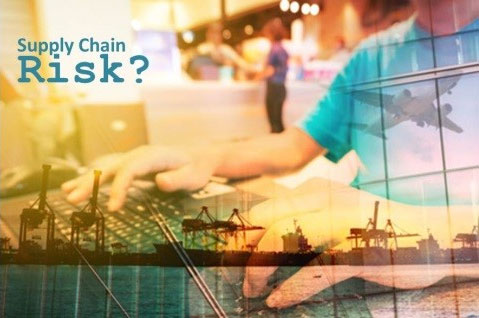
With supply chain risk at its highest since 2013, what are you doing to manage risk to minimize interruptions and interference with business?
According to the Chartered Institute of Procurement and Supply (CIPS) risk index, risk is the highest since 2013. It is easy to become complacent. Are you adding risk into your supply chain conversations and plans?
The increase is driven by supply chain risk in Western and Central Europe, Eastern Europe, the Middle East, Latin America and Sub-Saharan Africa. Specifically:
- Western Europe – This trend is clearest in Western Europe, where risk rose to 2.63 in Q3 from 2.60 in the previous quarter. The uncertainty around the post-Brexit relationship between the UK and the European Union has had a negative impact on trade and business sentiment in the UK and across the region.
- North America – North America remains static at 2.101, but both Canada and the USA have seen trade agreements with the European Union stall this quarter.
- Eastern Europe and Central Asia – In Eastern Europe and Central Asia, risk has risen to 5.424 from 5.396, following a failed coup in Turkey which is likely to see an increase in interference with businesses.
- Middle East and North Africa – Supply chain risk has also deteriorated in the Middle East and North Africa from 4.406 in Q2 to 4.413 in Q3, where civil war has all but eliminated international supply chains in certain countries.
- Sub-Saharan Africa – Sub-Saharan Africa continues to have the world’s highest levels of supply chain risk, increasing further from 5.544 to 5.558 with Nigeria slipping into technical recession and South Africa narrowly avoiding one.
- Asia Pacific & Australia – Asia Pacific has bucked the trend this quarter with supply chain risk decreasing marginally from 3.424 in Q2 2016 to 3.415 in Q3. Australian suppliers, in particular have benefited from rising coal and iron ore prices together with an increase in national defense spending.
- East Asia – Elsewhere in Asia, logistical routes have come under pressure. Super typhoon Meranti has caused disruption to flights, ports, rail schedules and power supplies in Taiwan. Winds of 150km/ have forced the temporary closure of two nuclear power stations but the country’s robust building code has mitigated against long-term disruptions.
- South Korea – In South Korea, meanwhile, the world’s 7th largest shipping company, Hanjin Shipping, went bankrupt in August, reducing global shipping capacity by 3% and leaving a cargo as large as $14bn unable to dock. The bankruptcy is likely to have wide-ranging impact on trans-Pacific and Asia-Europe supply chains
Since your extended supply chain likely relates to one if not several of these geographies, it is worthwhile to make sure you stay on top of what’s important. For example, those with product tied up on the ocean waiting for decisions with the Hanjin bankruptcy without a backup struggled at best.


